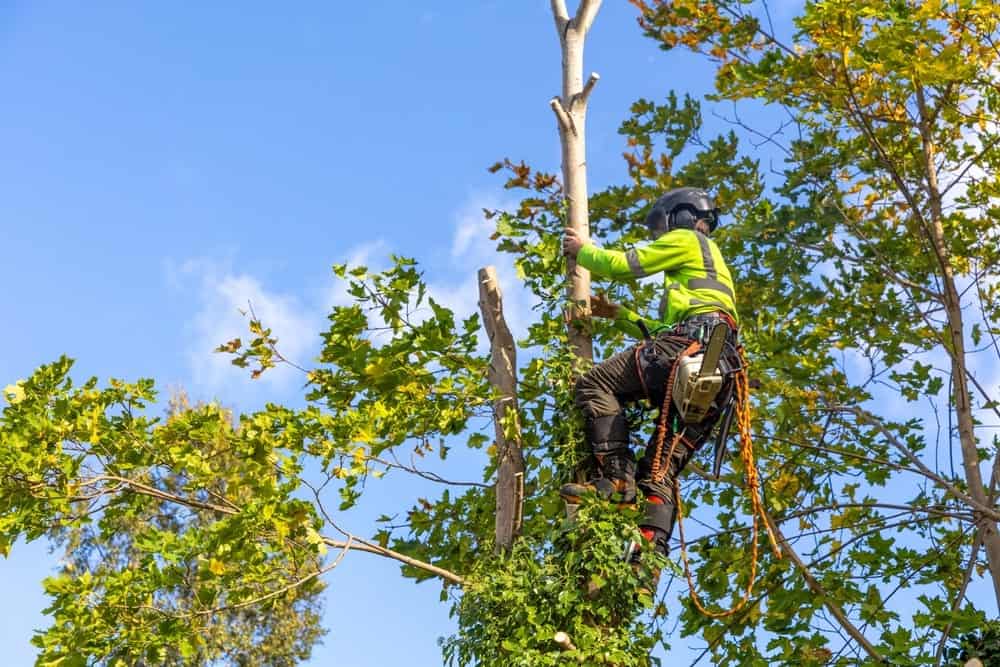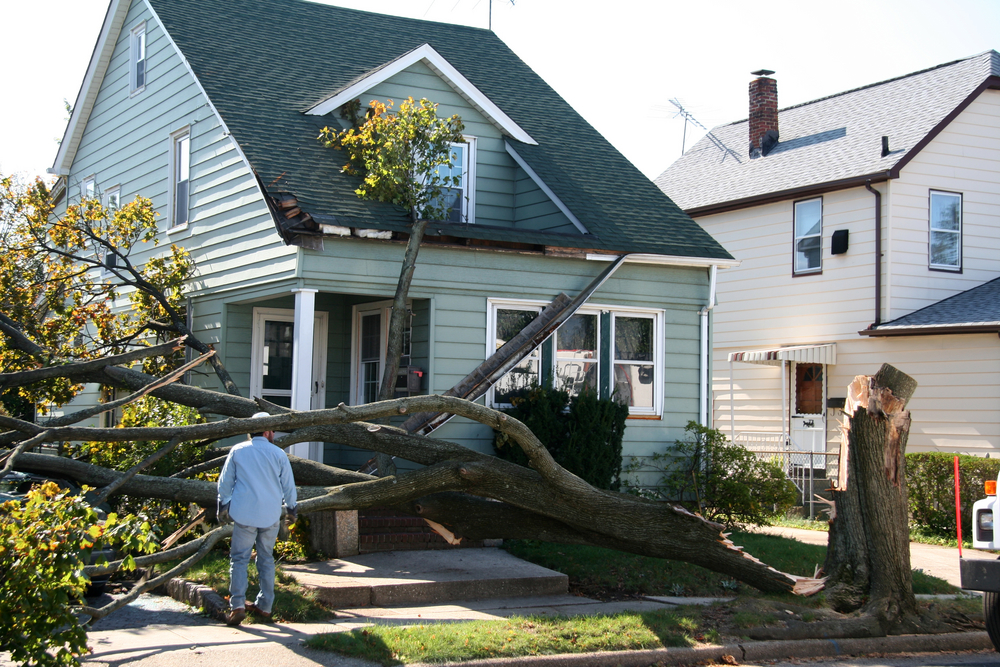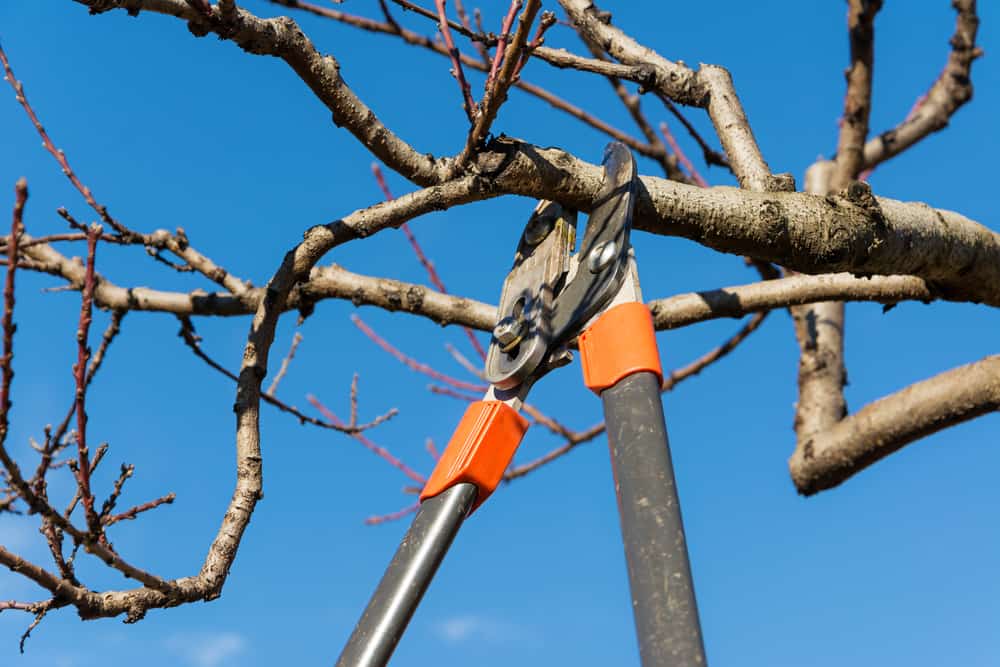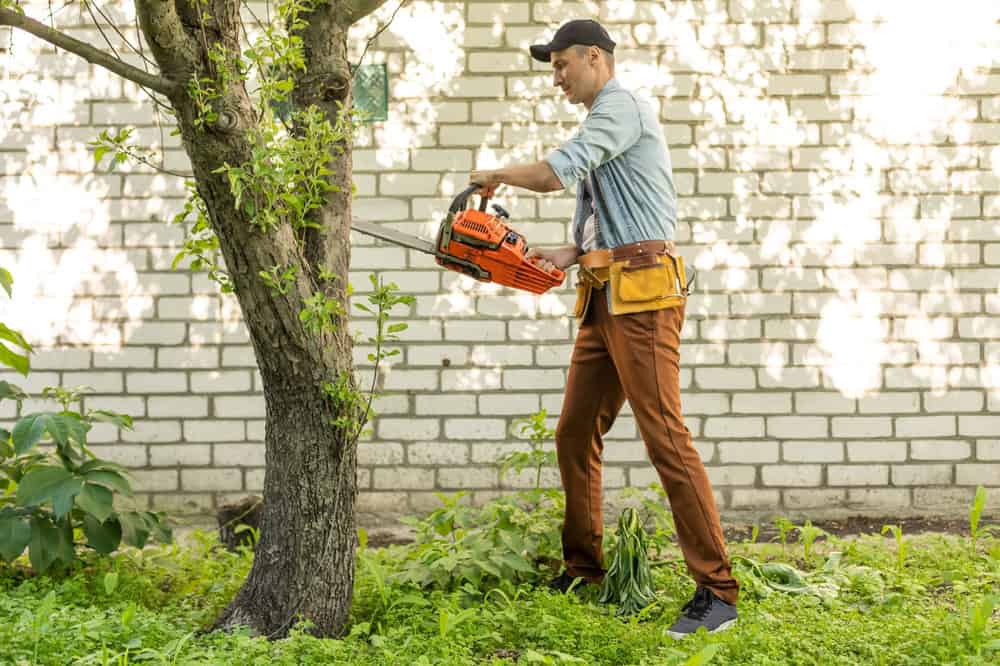Summary:
Suffolk County residents must recognize dangerous tree warning signs to protect their families and property. Professional assessment prevents costly damage and assures safe emergency tree removal when hazardous conditions develop.
Table of contents
Your towering oak that once provided perfect summer shade now leans unevenly toward your home after last week’s storm. Trees change from protective assets to potential disasters faster than most Suffolk County homeowners realize, especially when coastal winds and nor’easters test their structural limits. Recognizing when a tree shifts from stable to hazardous can mean the difference between preventing a catastrophe and dealing with thousands of dollars in property damage. Knowing of these critical warning signs helps you make informed decisions about when emergency tree removal becomes necessary rather than optional.
Recognizing Critical Warning Signs of Hazardous Trees
Dead or dying branches create the most immediate danger, particularly when they exceed two inches in diameter and hang above walkways, driveways, or structures. These limbs lose their ability to flex during windstorms and snap without warning, turning into projectiles that can pierce roofs or injure anyone below. Suffolk County’s frequent coastal storms make this risk even more pronounced, as salt air accelerates wood corrosion and weakens branch connections to main trunks. Fungal growth near the tree base signals internal decay that compromises the entire root system, while visible cavities or hollow sections indicate advanced structural failure. Trees exhibiting multiple trunk splits, especially those forming V-shaped crotches, concentrate stress at weak points and often split completely during high winds. When you see bark detaching in large strips or find insect harm has created numerous pathways for infection, you can recognize that the tree’s protective mechanisms have failed beyond any chance of recovery.
Storm Damage Assessment After Severe Weather
Suffolk County’s position along Long Island’s south shore exposes properties to nor’easters, hurricanes, and severe thunderstorms that can instantly turn a healthy tree into an emergency hazard. After any significant storm event, inspect your trees within 24 hours for new lean angles, exposed root systems, or hanging branches that weren’t present before the weather event. Tree removal due to storm damage becomes urgent when trees lean more than 15 degrees from vertical or when root balls partially lift from the ground, creating unstable conditions that worsen with each subsequent wind event.
Understanding Soil and Root System Failures
Suffolk County’s sandy soil composition, while providing excellent drainage, offers less anchoring strength than clay-heavy soils found elsewhere in New York. Root systems in sandy conditions spread wider but penetrate less deeply, making trees more susceptible to uprooting during saturated soil conditions combined with high winds. If you find mushrooms or fungal bodies near the base of the tree, see the soil lifting, or spot major roots showing above ground, these signs indicate a weakened underground support system that needs a prompt professional assessment.
Professional Emergency Tree Removal Process and Techniques
Emergency tree removal requires specialized equipment and techniques that differ significantly from routine tree cutting operations. Professional arborists begin with a thorough risk assessment using resistance drilling to measure internal wood density and determine structural integrity without visible external examination alone. They employ controlled sectional removal techniques, using specialized rigging systems with block and tackle setups that lower heavy sections safely rather than allowing free-fall drops that could damage surrounding property. Advanced crane operations become necessary for fallen tree removal in tight spaces or when trees have already caused structural damage to buildings. The process involves strategic cutting sequences that account for wood fiber tension and compression zones, preventing dangerous kickback or unexpected movement during cutting operations. Professional teams coordinate multiple safety zones and escape routes while using specialized climbing equipment rated for emergency conditions rather than standard maintenance gear.
Specialized Equipment for Hazardous Tree Situations
Emergency tree removal operations utilize heavy-duty chainsaws with enhanced safety features, including anti-kickback chains and protective body gear rated for emergency response conditions. Hydraulic wedges and specialized jacks provide controlled splitting force for trees under tension, while portable winch systems redirect falling directions when natural lean patterns threaten structures. Professional crews deploy wood chippers capable of processing large-diameter branches immediately, preventing debris buildup that could create additional hazards during ongoing removal operations.
24-Hour Emergency Response Protocols
True emergency tree situations require immediate response capability, particularly when trees block roadways, damage power lines, or threaten occupied structures. Professional 24-hour tree removal services maintain on-call crews equipped with portable lighting systems, emergency generators, and specialized cutting equipment that operates effectively in adverse weather conditions. Response protocols prioritize immediate maintenance before beginning full removal operations, often involving temporary support systems or partial sectioning to reduce immediate threat levels.
Protecting Your Suffolk County Property with Professional Tree Care
Suffolk County’s specific coastal environment creates specific tree hazards that demand proactive assessment and professional intervention when warning signs appear. Your property’s safety depends on recognizing these critical indicators early and recognizing when emergency tree removal becomes necessary rather than waiting for catastrophic failure. Miguel’s Tree Service provides the specialized know-how and emergency response capability Suffolk County residents need when hazardous tree situations develop. Contact our team immediately when you observe any warning signs discussed here, because addressing tree hazards promptly prevents the dramatically higher costs and dangers associated with emergency situations after trees have already failed.





